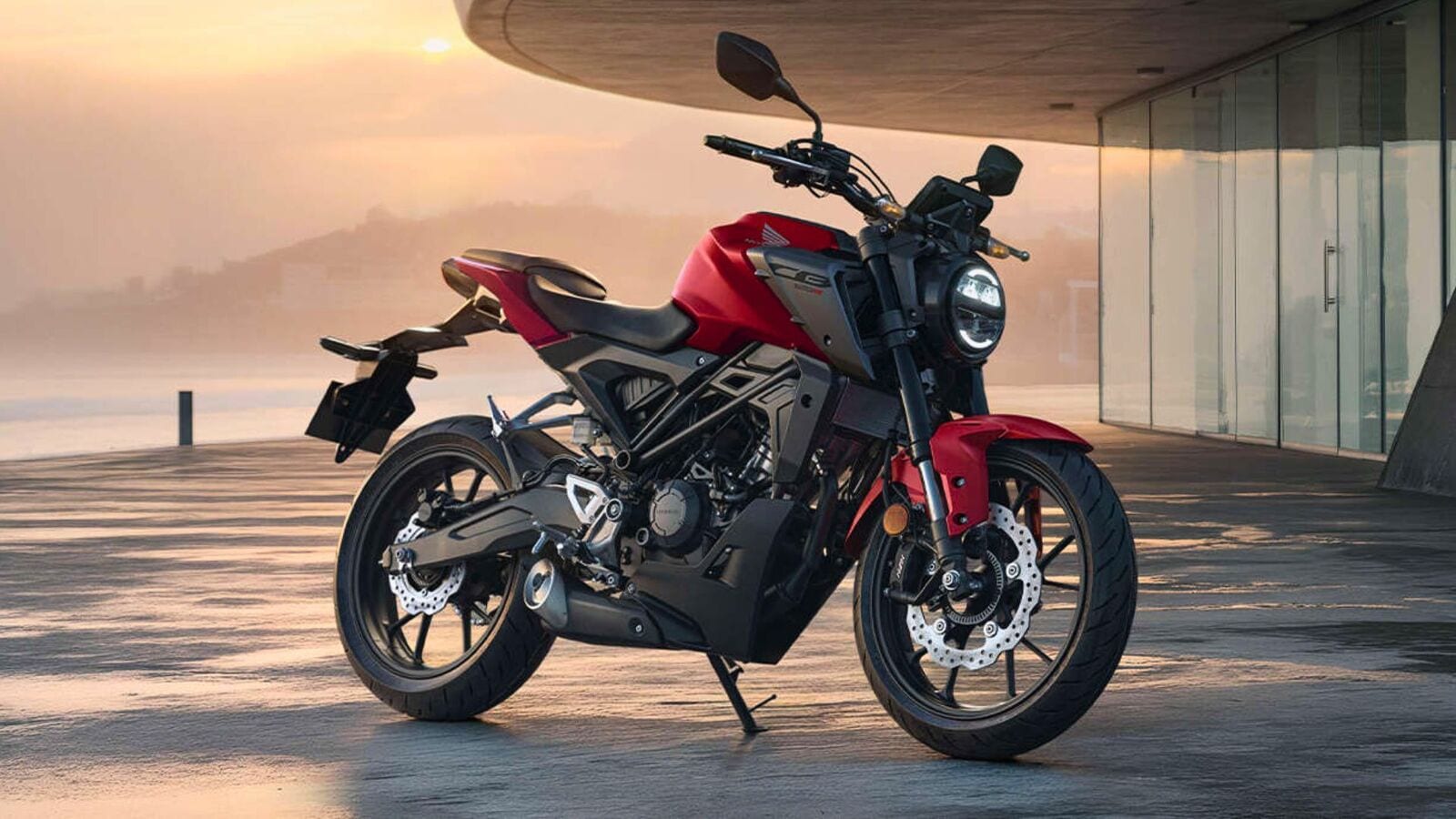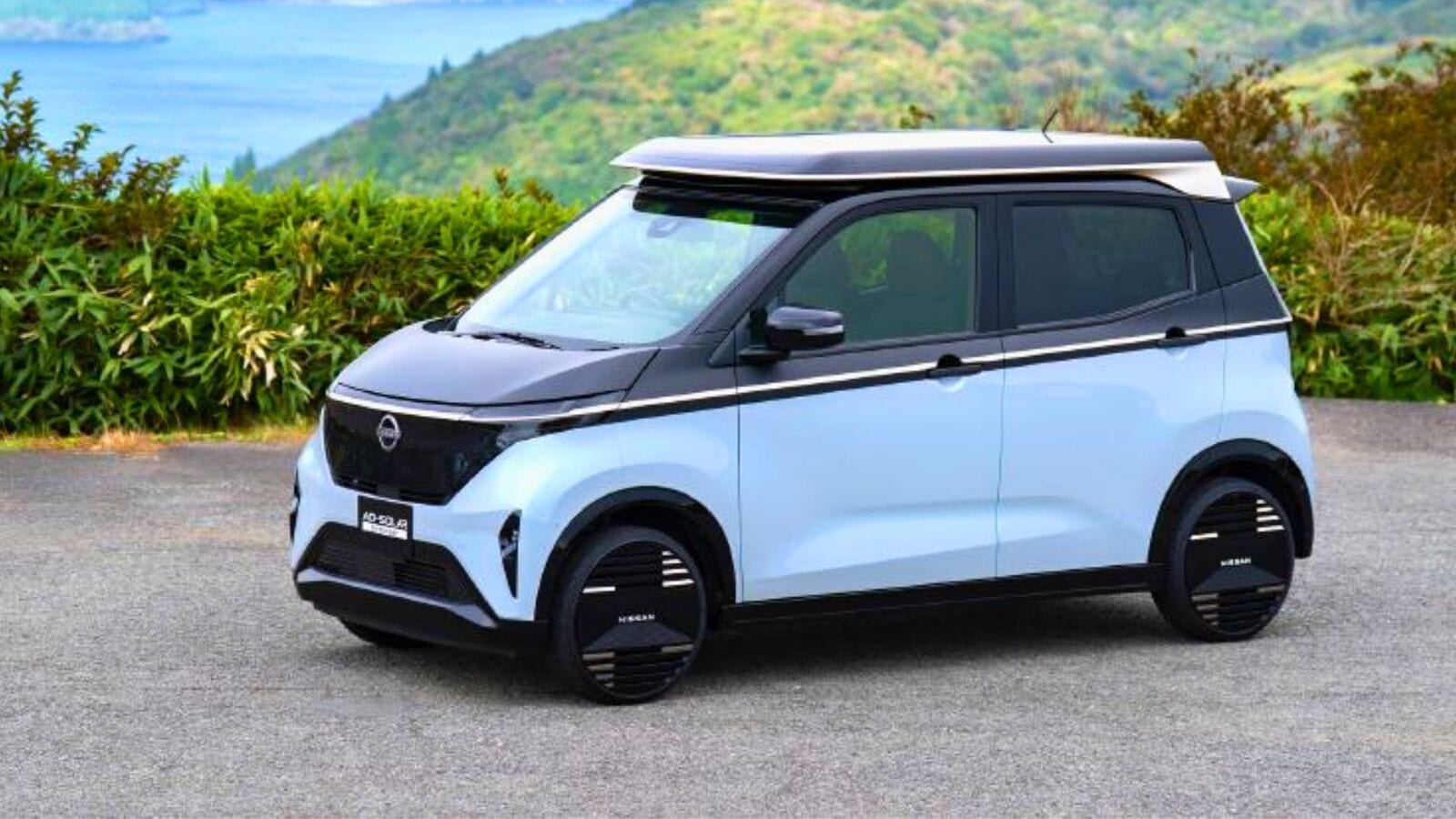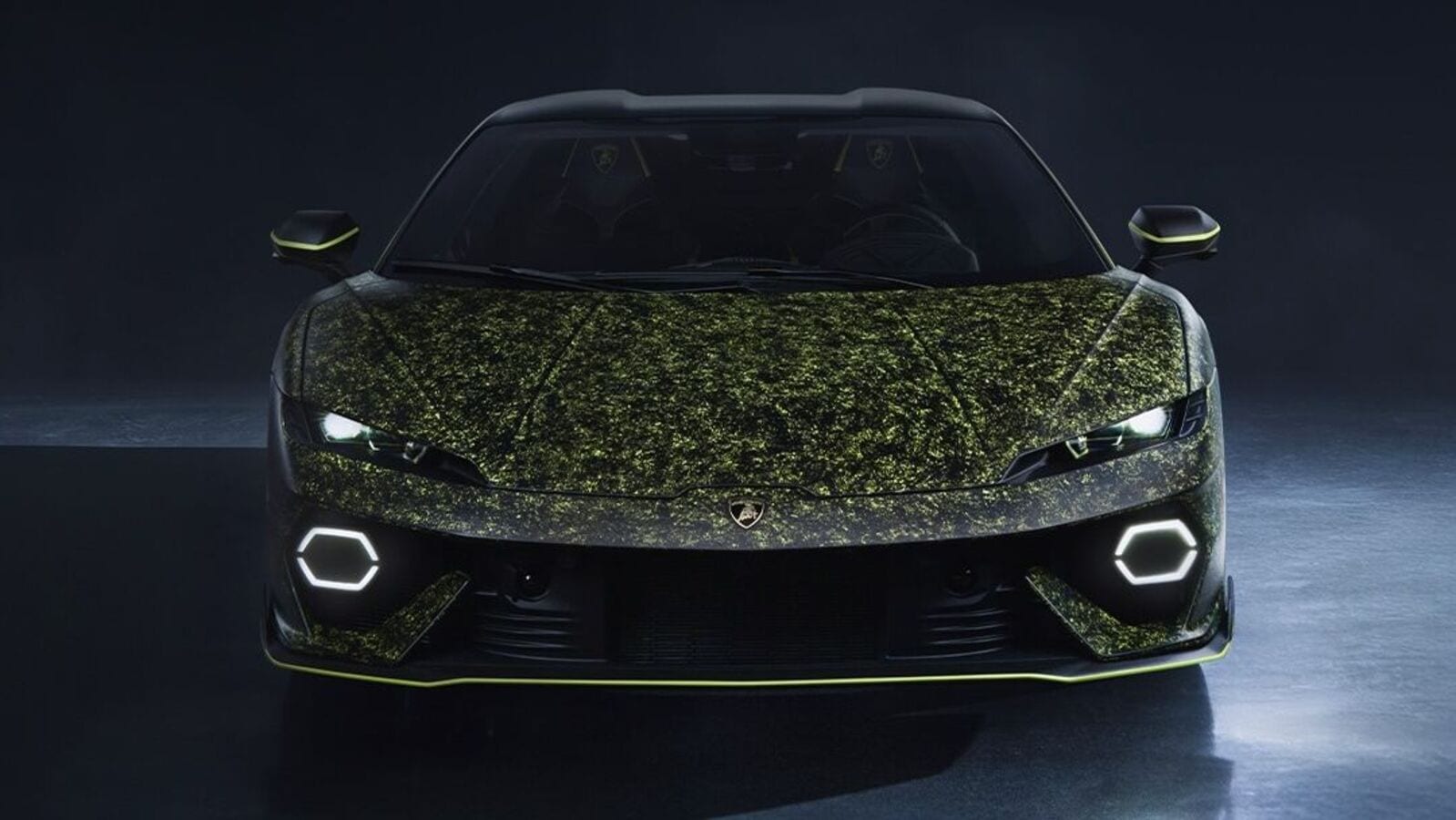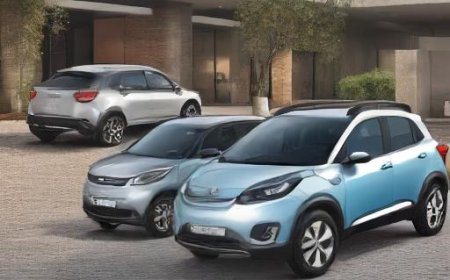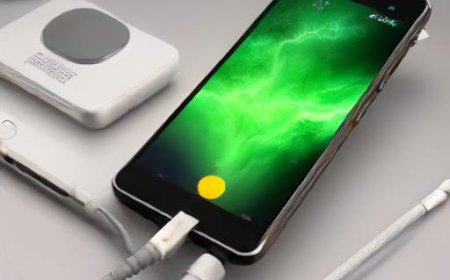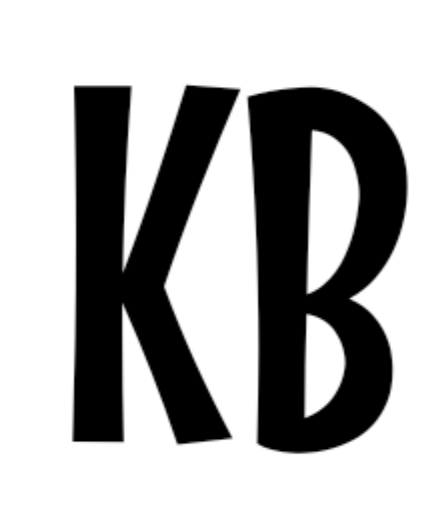The Best iPhone Alternatives 2025: Get a Great Android Phone Instead
iPhones are everywhere. If you don't want to buy into the iOS ecosystem, luckily they're definitely not your only option. Check out the best iPhone alternatives, from OnePlus, Samsung, and RedMagic.


We've been in the era of the iPhone 16 series, and while it has plenty of upgrades over past generations, the year-to-year changes haven't felt terribly exciting. With that relative stagnation, it’s natural to be curious about what other options are out there, and let me tell you, there are plenty. I’ve been testing smartphones for almost a decade, and I’ve seen my fair share of handsets that can compete with Apple’s iPhones, and quite a few bring new capabilities to the table well before Apple does – just look at folding phones. I’ve also tested iPhones, so I know and respect the qualities that have kept them at the forefront of the market for so long. That knowledge just makes it that much easier to see where an alternative feels right.
For a lot of people, going for an iPhone isn’t going to be the most sensible thing. Even the lowest-cost option in each new iPhone lineup tends to be on the more expensive side of the market – take the iPhone 16e, for example, which is meant to be the budget option and still starts at $599. The rest of the 16s are significantly more expensive, starting at $799. Thankfully, many of the best qualities of iPhones, short of iOS and the powerful Apple chipsets, are available elsewhere. There is no shortage of quality iPhone alternatives on the Android side of the market.
TL;DR – These Are the Best iPhone Alternatives in 2025:
By widening your scope, you can find next-level camera systems, designs that go toe-to-toe with Apple’s best, unique form factors that Apple has so far shied away from, more budget-friendly options, and niche models with an emphasis on gaming. Rather than just deciding which tier of iPhone is right for you, you can decide which blend of features, build quality, performance, and price fit your needs. Whether you’re looking for the best phone around that’s just not an iPhone or want a device that can match the photographic prowess Apple is known for, you’ll find a good alternative here.
1. OnePlus 13
Best All-Around iPhone Alternative
Usually when I tell an iPhone user what phone I’m holding and say “OnePlus [insert whatever generation number I’m testing],” they look at me like I’ve tried to make a riddle of elementary school math. But for those curious about what’s on the other side of the iOS divide, you just about can’t get a better example and more ferocious challenger to the iPhone than the OnePlus 13. For this generation, the OnePlus 13 pulled off a proper coup. It only had a few changes to make over its predecessor, but the upgrades were still enough to push it over the top. The OnePlus 13 packs in a potent processor with the Snapdragon 8 Elite’s eight-core CPU. It’s nearly matching the iPhone 16 Pro Max’s single-core performance and outdoes it in multi-core performance. Where graphics are concerned, the OnePlus 13 generally leads the iPhone 16 Pro Max by a wide margin across 3DMark’s gaming benchmarks. All that performance makes the OnePlus 13 a beast for gaming, and that kind of speed always translates to smooth everyday operation. OnePlus packs all that firepower into an elegant chassis. Flatter sides and rounded corners make the OnePlus 13 all the more iPhone-esque, though the large camera ring and unique back designs help it stand out. OnePlus’s first-party cases also support Qi2/MagSafe charging, and the OnePlus 13 has an three-way alert slider, giving you a little one-up on the iPhone’s own alert toggle. Factor in the OnePlus 13’s ability to withstand dunks in water and hot water jets, and it’s hard to beat. The OnePlus 13 also offers a camera system that rivals Apple’s. It features a triple-sensor array with an ultra-wide, wide, and 3x telephoto camera all offering 50MP resolutions. It snaps lovely photos and has impressive video chops as well. Then there’s the sheer value the OnePlus 13 offers. The phone starts at $900, so it’s not quite as cheap as an iPhone 16, but it’s really competing more with the iPhone 16 Plus or Pro Max anyway, and next to those it’s a bargain. For one thing, you’re getting more memory and storage for the price – a default of 256GB of storage compares favorably to Apple’s 128GB default on all but the $1,200 iPhone 16 Pro Max. And the OnePlus 13’s display has more in common with the iPhone 16 Pro Max’s. It’s a sizable 6.82-inch OLED that’s super sharp, incredibly bright, and wonderfully smooth thanks to a 1-120Hz variable refresh rate. The OnePlus 13 really has it going on. It's not just my top iPhone alternative; it's the best smartphone that you can buy right now.
2. Google Pixel 9 Pro
Best Cameras in an iPhone Alternative
Google has always had a knack for photography with its Pixel line of smartphones, and the Pixel 9 Pro is the current height of its prowess. You get a great-looking phone capable of excellent photography thanks to a three-camera array on the back that provides considerable flexibility in how you approach subjects. Many phones have one camera that I’d call the "star of the show" that does the best shooting and is flanked by less impressive sensors that just complement its capabilities. But the Pixel 9 Pro has three powerful sensors that really work together wonderfully. The 50MP main sensor captures loads of light and detail with a fairly wide angle. When you need to get even more into your shot, the 50MP ultra-wide zooms out for a broad field-of-view while keeping great color that matches the main sensor closely. And with a 48MP telephoto sensor offering 5x optical zoom, you can get extra close to subjects without having to move from where you’re photography from. This camera system is easily a worthy alternative to an iPhone. The Pixel 9 Pro comes running on the new Tensor G4 SoC, which is an upgrade over the prior model and further boosts speed. It also avoids some of the heat from everyday use that affected earlier Pixel phones. It has ample performance for most tasks and can keep up with bigger mobile games like Zenless Zone Zero at 60fps quite well. It may not match the iPhone 16 Pro’s A18 Pro chip in sheer performance, but Google has put an emphasis on AI capabilities with the Tensor G4, and it’s readily able to power some AI generation, including supporting a live virtual assistant that can converse naturally. Google has also upped the ante for Android phones by offering seven years of OS updates and security patches for the Pixel 9 Pro, a promise that more effectively aligns its phone with the kind of long-term software support Apple provides for its phones. All of this comes in a beautifully designed phone. Google packs in a great display that’s both sharp at 1280x2856 and stunningly bright with a peak of 3,000 nits. It also gets a 120Hz refresh rate. There’s little more to ask for out of this compact 6.3-inch display. Anybody who wants all that the Pixel 9 Pro has to offer on a bigger screen can bump up to the Pixel 9 Pro XL for a 6.8-inch screen.
3. OnePlus 12R
Best Budget iPhone Alternative
With the 2022 iPhone SE discontinued after the 16e was revealed, no new iPhone runs for less than $500 – and that's when you're sacrificing a decent amount of features. Meanwhile, take your money over the Android side of the market and you can get something much closer to a modern-day flagship in the $499 OnePlus 12R.
OnePlus builds a classy phone. An aluminum frame wraps around the phone, and the front is covered in Gorilla Glass Victus 2, a tough version that’s found its way onto plenty of even more expensive phones. The OnePlus 12R packs a 6.78-inch stunner of a display. It's plenty sharp at 1264x2780, so no sacrifices for budget there, and it boasts a 1-120Hz refresh rate thanks to the LTPO AMOLED panel used, HDR10+ and Dolby Vision support, and extreme brightness levels alongside the per-pixel dimming of AMOLED.
Taking advantage of that screen calls for some serious speed, and the OnePlus 12R has that covered with a Snapdragon 8 Gen 2 SoC paired with 8GB of memory. It may not be the latest flagship SoC, but it’s hardly lagging behind performance-wise and readily keeps up with some heavier gaming. You also get a base storage of 128GB.
OnePlus doesn’t quite match Apple’s long-term support, but it promises three major Android updates and four years of security updates, which is a pretty good showing for a lower-cost Android phone and helps stretch the value you can get from the phone over time. If you’re after a sleek, hardworking phone with a display to rival Apple’s best at a price competing with Apple’s cheapest, the OnePlus 12R is where you should look. If you’re looking for even more alternatives, see our overall Android phone recommendations.
4. Samsung Galaxy Z Fold 7
Best Foldable iPhone Alternative
As far as iPhone alternatives go, there are those that do what the iPhone does with their Android spin on it, and there are those that do what the iPhone just doesn’t. The Samsung Galaxy Z Fold 7 is the latter. To date, no iPhone has folded open to review an extra-large interior display. The closest Apple has gotten was the iPhone 6, which had a noted penchant for folding in the bad way. The Galaxy Z Fold 7 isn’t so far removed from the iPhone when it’s folded closed. It sports a 6.5-inch exterior AMOLED display, it packs a bunch of cameras onto the back, and it's reasonably sized at 8.9mm thick. For reference, the iPhone 16 Pro Max is 8.3mm thick. But the Galaxy Z Fold 7 folds open to reveal an 8-inch AMOLED display and cuts its thickness in half in the process. The ability to serve as a phone or a tablet is something no iPhone does (yet). More importantly, the Galaxy Z Fold 7 does a good job serving as both phone and tablet. The exterior display now has a more common 21:9 aspect ratio, so apps and media will scale more naturally to fit the display. Meanwhile the interior panel comes very close to being just two 1080p panels side by side – in other words, a great setup for side-by-side multitasking. The Galaxy Z Fold 7 runs on a Snapdragon 8 Elite chip that also offers extreme performance. In our testing, this chip’s CPU and GPU have given Apple’s hardware a run for its money like no other Snapdragon chip before, often coming ahead in benchmarks. The Galaxy Z Fold 7 can’t quite run the Snapdragon 8 Elite chip as hard as some thicker Android devices, but it works well in shorter bursts. The Galaxy Z Fold 7 also has competent cameras. You’ll find a 200MP main sensor comparable to what’s on the Galaxy S25 Ultra. There’s also a telephoto and ultra-wide sensor on the back, giving the Galaxy Z Fold 7 a range similar to what you’d find on the iPhone 16 Pro or Pro Max. The big downside here is that of all the iPhone alternatives out there, this is one of the few that’s actually more expensive than the iPhone it would replace, starting at $1,999. But if you're dead set on a foldable, this is the best one you can get.
5. RedMagic 10 Pro
Best iPhone Alternative for Gaming
If gaming is your priority, then get ready for a big surprise. The best gaming phone out there right now is neither an iPhone nor an uber-expensive Android phone. The RedMagic 10 Pro proved its mettle in my testing, and yet the phone comes in at just $649. You’d think there are some big sacrifices for a phone to reach that price, but there are exceedingly few. Even the 256GB of base storage and 12GB of memory are a surprise. Let’s start with the performance: It’s bonkers. The RedMagic 10 Pro may be the most affordable phone to come with the Snapdragon 8 Elite chip, and it lets the new processing cores rip. In benchmarks, the CPU was just a little shy of the single-core performance of the iPhone 16 Pro Max and readily outpaces the iPhone in multi-core performance. And the GPU is another thing altogether. The RedMagic 10 Pro trounces the iPhone 16 Pro Max – a $1,199 phone – in 3DMark’s various game benchmarks. And the phone has a secret weapon with its active cooling, which lets the RedMagic 10 Pro not only pump out high performance levels but also sustain them better than its competition. This means reliably smooth gaming for longer play sessions. Oh, and a 7,050mAh battery never hurts when it comes to stretching out those longer sessions. The RedMagic 10 Pro also provides an absolutely beautiful setup for gaming. The display is a massive 6.85 inches, and the selfie camera is practically invisible, hidden under the display. So unlike on Samsung’s and Apple’s best phones, all of that screen space is yours to enjoy your games and movies. That’s not even the end of it, as the RedMagic’s display is a stunning OLED panel that’s bright, sharp, and fast. The design of the phone is also surprisingly neat and elegant, something that sets it apart from its gaming phone ilk. Now, the RedMagic 10 Pro shouldn’t be mistaken for perfect. Its Android skin is a little over-the-top. Its software won’t be supported for as long as a Samsung, Apple, Google, or even OnePlus flagship. And cellular network support may not be as good in the states as you’d hope. But if you’re after supreme performance, can get by without the fastest 5G connections on the go, and tend to upgrade every couple of years, the RedMagic 10 Pro is unlikely to disappoint.
What We’re Looking Forward to
Google’s Pixel 9 Pro may be an excellent iPhone alternative, but soon there’s almost guaranteed to be a better one. Google has planned the announcement of the Pixel 10 lineup for August 20. While plenty of leaks about the hardware are already floating around the internet, we won’t have to wait very long to find out what the reality about these new phones is.
What to Look for in an iPhone Alternative in 2025
While the iPhone is the most popular smartphone brand, more than half of the phones on the planet are Android devices. People seem to like Android’s open platform instead of Apple’s rigid walled garden. Android gives its users the opportunity to customize their experience with various themes, wallpapers, launchers, and apps.
Heck, there are more apps available to download through the Google Play Store than the Apple App Store. In fact, you’re not even limited to the Google Play Store for apps. You can use the Amazon Appstore, Samsung Galaxy Store, Aptoide, and others for different types of app utilities and experiences.
With more and more people flocking to Android, it may seem tough to pick a great iPhone alternative, but here's what to consider.
Phone Size and Design
One of the best things about iPhone alternatives is they come in various shapes and sizes. Apple is pretty set with making phones that are about 6 inches in size. However, you can find Android phones that are bigger at 7 inches or smaller at 4 inches. It’s really up to you on which size fits your hands better, or how much screen real estate you want.
In fact, there are a number of smartphones that are foldable like the Samsung Galaxy Z Flip line. You can choose to have a small design in your pocket or bag, but then flip them open for a full-sized screen. Now that’s something you definitely can’t do with an iPhone.
Storage Capacity
For the most part, Android smartphones start out with 128GB of on-board storage, which is the same as the iPhone 16. However, there are many Android phones that are built-in with a microSD card expansion slot for even more storage up to an additional 1TB.
A general rule of thumb when it comes to Android is you can get more for less. This means you can get more storage options, memory, power, screen sizes, features, megapixels, and cameras than your average iPhone for less money.
Price
Speaking of money, Android smartphones are often less expensive than iPhones, with prices starting as low as $50 for bottom-of-the-barrel picks like the BLU C5L. There’s no shortage of cheap Android phones out there. However, you can get a good quality and wallet-friendly smartphone like the Poco X5 5G starting at $220. Compare this to Apple’s cheapest phone, now the iPhone 16e, which starts at $599.
On the high end, you can get a base Samsung Galaxy Z Fold 7 with 256GB of on-board storage for a whopping $1,999, and adding more storage can push that price even further. Additionally, if you consider that you can get more features with an Android phone than an iPhone, then you’re actually getting a better deal.
Overall, if you’re looking for an iPhone alternative, there are plenty of great Android smartphones out there for different types of people and use cases. For most people, however, the OnePlus 13 or Google Pixel 9 Pro are the best picks. Samsung has the premium design for speed and style, while Google has the better camera for sharper and more natural photos.
How Often Should You Upgrade Your Phone?
There are new Android phones coming out every year, but you don't need to be upgrading to a new phone every year. Now that smartphones have become a lot smarter, you really only need to upgrade ever two or three years to avoid falling behind in terms of processing power and battery life. All-in-all, if your current phone still works fine for everything you need it to do, there's no need to upgrade.
Mark Knapp is a contributing freelancer for IGN covering everything electronics and gaming hardware. He has over 10 years of experience in the tech industry with bylines at PCMag, Reviewed, CNET, and more. Find Mark on Twitter @Techn0Mark or BlueSky at @Techn0Mark.





